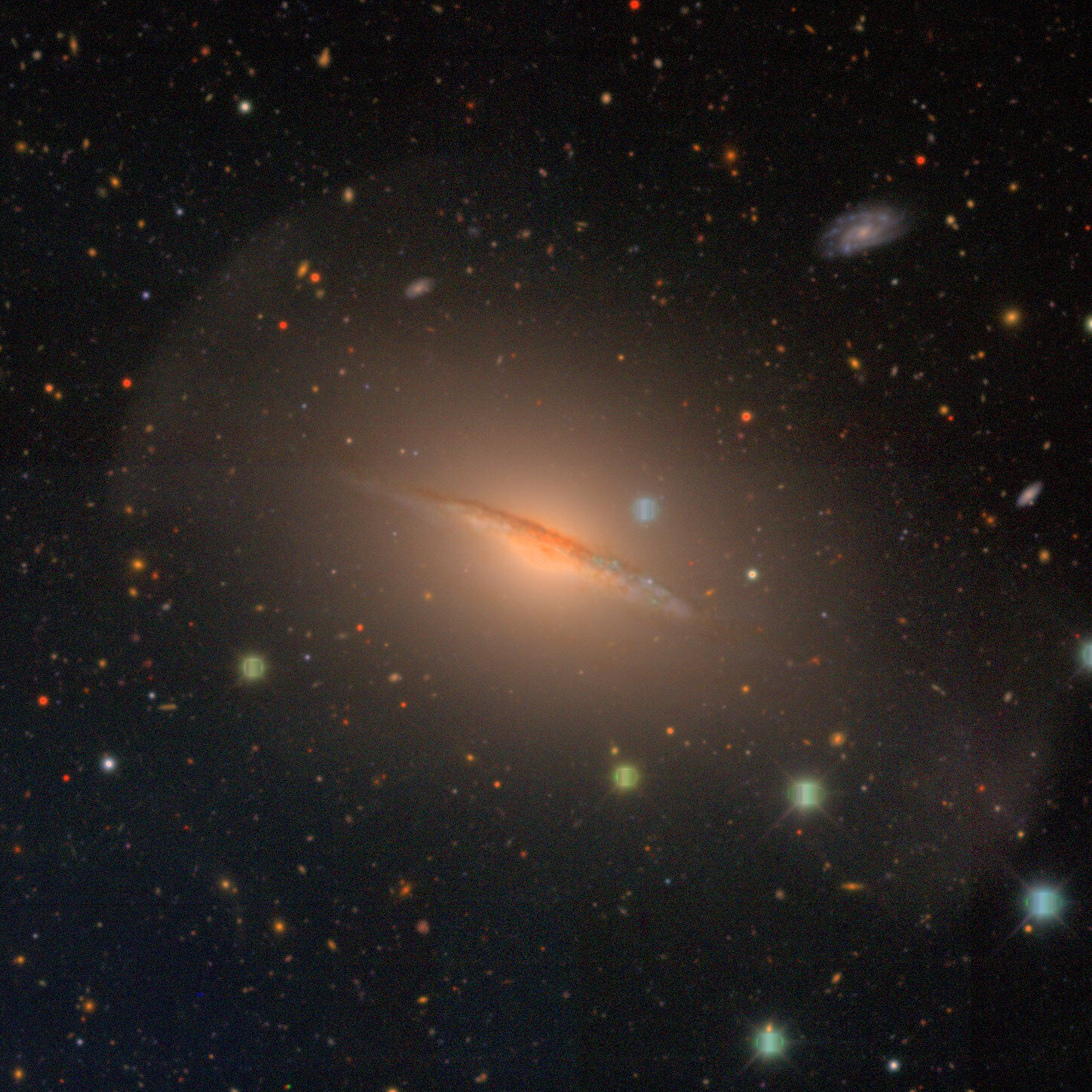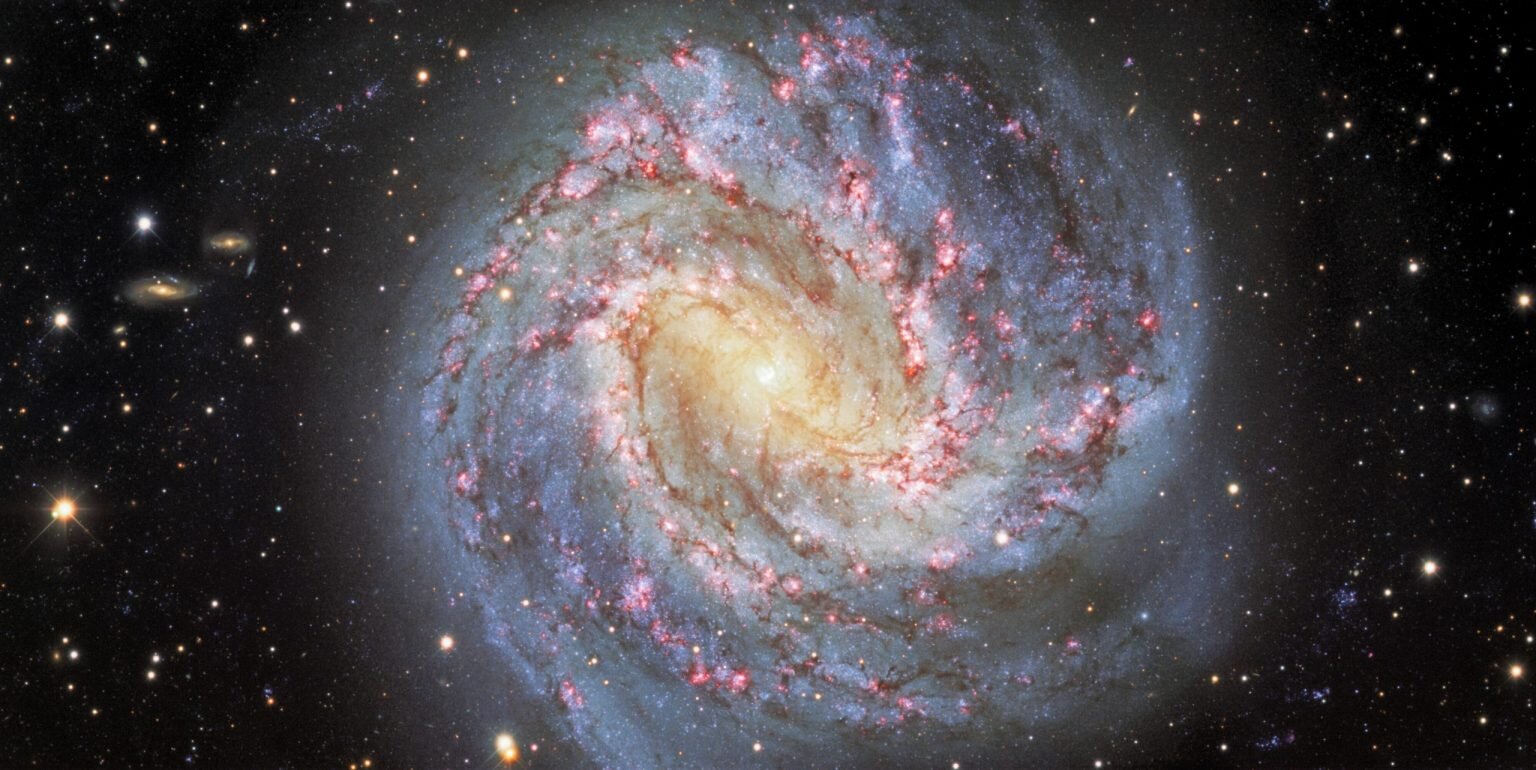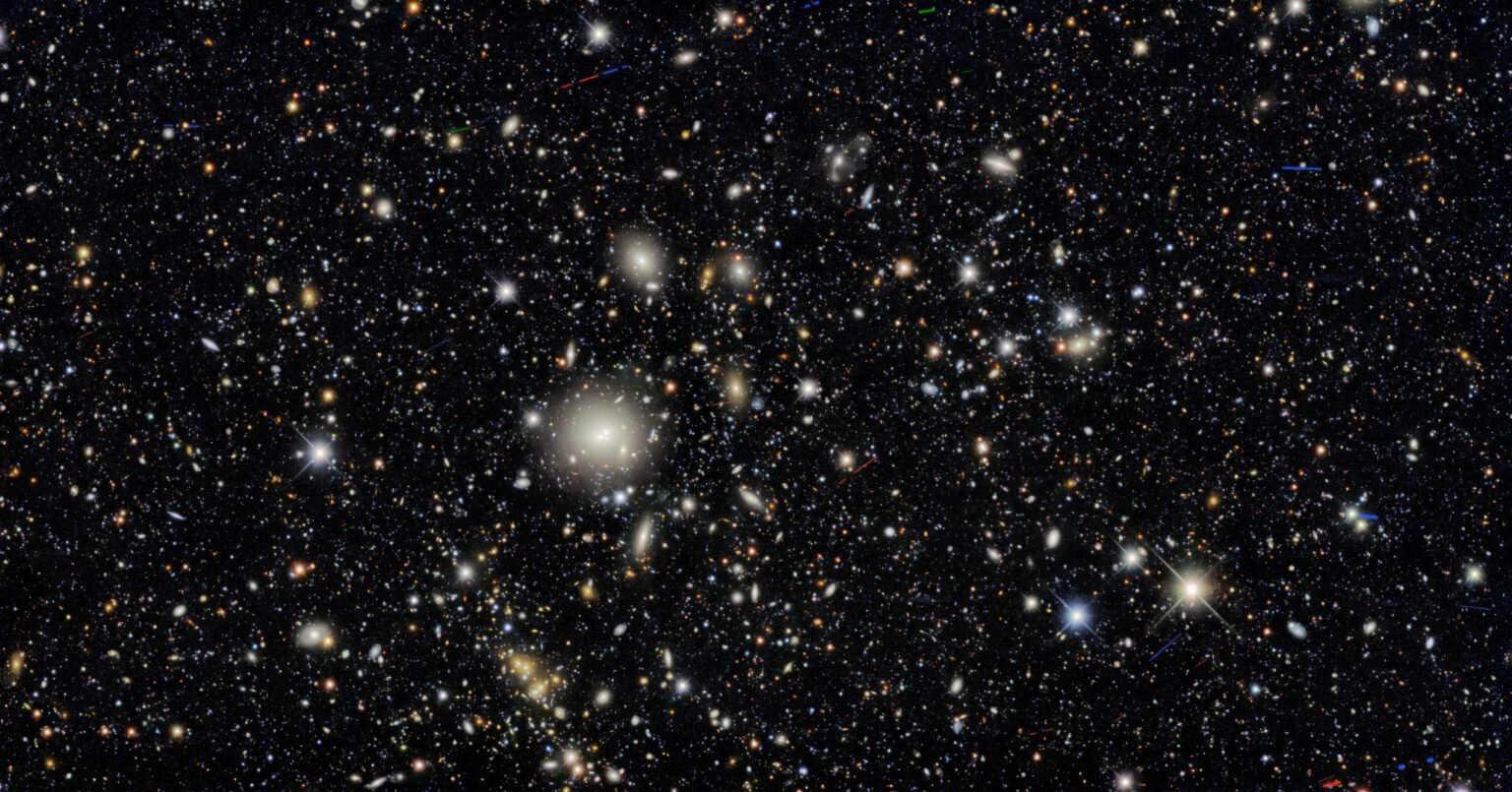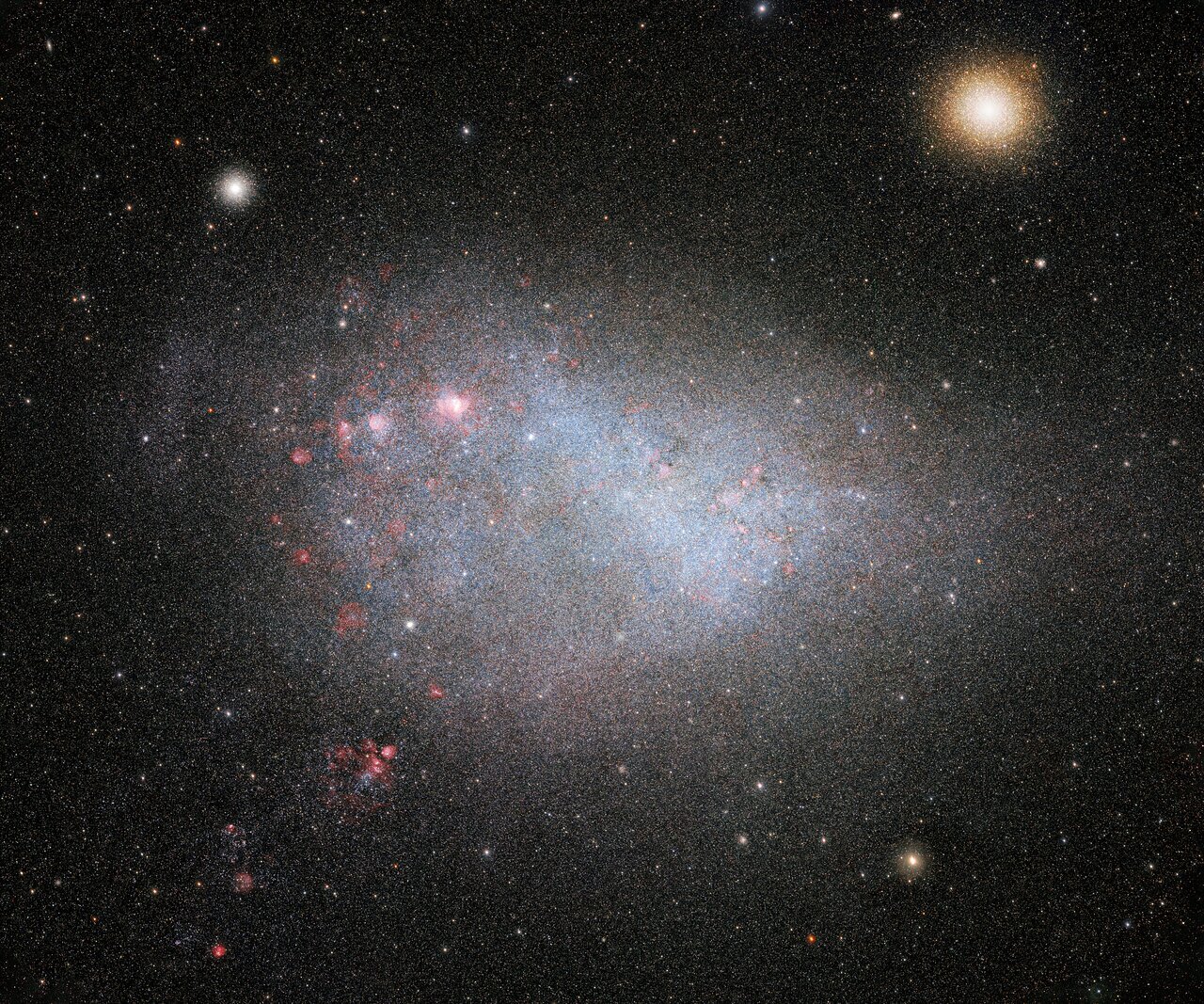The Dark Energy Camera has taken over one million exposures of the southern sky from a high vantage point in the Chilean Andes. Around 2.5 billion celestial objects were photographed, including galaxies and galaxy clusters, stars, comets, asteroids, dwarf planets, and supernovae. The remarkable 570-megapixel camera was initially created for the Dark Energy Survey at the United States Department of Energy's Fermi National Accelerator Laboratory ten years ago. The multinational DES partnership investigates dark energy, a phenomenon that is speeding up the expansion of space.
The Dark Energy Survey, whose experts are now analyzing data from 2013 to 2019, isn't the only project to benefit from the powerful piece of equipment. Other scientific organizations have also utilized the camera to undertake astronomical observations and surveys. Here are some of the amazing images captured by the Dark Energy Camera. The Dark Energy Survey captured light from galaxies up to 8 billion lightyears distant, imaging one-eighth of the sky. The survey scanned ten "deep fields" like the one depicted here repeatedly. Scientists can observe extremely distant galaxies and dim objects by returning to certain parts of the sky and building up and collecting different wavelengths of light. These deep fields can be used to calibrate the remaining DES data and to search for supernovae.
While the Dark Energy Survey primarily observes objects millions or billions of lightyears distant, closer objects are occasionally observed. The Dark Energy Survey discovered Comet Lovejoy in 2014, roughly 51 million kilometers from Earth. Each rectangle in the image represents one of DECam's 62 CCDs, which are advanced sensors intended to collect light from faraway galaxies. The spiral galaxy NGC 1566, often known as the Spanish Dancer, is approximately 69 million lightyears away from Earth. Each DECam photo is the consequence of decisions taken during image processing. The camera employs five filters, each of which records a distinct wavelength of light (between 400 and 1,080 nanometers) and may be used to create color photographs.
This DECam image, which was obtained staring toward the core of our Milky Way galaxy, covers an area nearly twice the size of the full moon and contains over 180,000 stars. You may also see a larger version that includes more of the Milky Way's bulge. While magnificent, the Milky Way's stars and dust obscure distant galaxies needed to research dark energy, therefore the Dark Energy Survey normally points the telescope in the other direction, away from our galaxy's plane. From Earth, we can see the spiral galaxy NGC 681 from the side (or edge-on). The galaxy is around 66.5 million lightyears distant and is also known as the Little Sombrero Galaxy. DECam has a Hexapod mechanism, which uses six pneumatically powered pistons to align the camera's numerous optical components between exposures, to maintain pictures of distant objects as clearly as possible. DECam includes five optical lenses in addition to the five light filters, the largest of which is more than 3 feet wide and weighs 388 pounds.
The Large and Small Magellanic Clouds are dwarf satellite galaxies of the Milky Way, and their close closeness makes them an excellent location for studying star formation. The Survey of the Magellanic Stellar History, or SMASH, used the Dark Energy Camera to get up close and personal with our galactic neighbors. The huge galaxy in the middle of this picture is NGC 1515, a spiral galaxy in the Dorado Group with numerous surrounding galaxies. When astronomers examine the large-scale structure of the universe, they discover that galaxies are not randomly dispersed but instead cluster together, forming a type of cosmic web. The Dark Energy Survey has created some of the most detailed maps of the structure of the cosmos and its history across time.
NGC 288 is a globular star cluster around 28,700 lightyears from Earth. Gravity holds these stars together, concentrating them toward the center of the sphere. Globular clusters are an intriguing approach to studying the evolution of stars and our own Milky Way, but the Dark Energy Survey looks at distant galaxies and galaxy clusters to better comprehend dark energy. The Dark Energy Survey discovered numerous new dwarf galaxies and utilized the data to constrain the size of putative dark matter particles. IC 1613 is a 2.4 million lightyear distant irregular dwarf galaxy with around 100 million stars. By astronomical standards, dwarf galaxies are tiny and dim; our Milky Way galaxy is thought to contain between 100 and 400 billion stars.
 |
| From our position on Earth, we see the spiral galaxy NGC 681 from the side (or edge-on). The galaxy, also known as the Little Sombrero Galaxy, is about 66.5 million lightyears away. To keep images of distant objects as sharp as possible, DECam uses a mechanism called a Hexapod, which uses six pneumatically driven pistons to align the camera's many optical elements between exposures. In addition to the five light filters, DECam also has five optical lenses, the biggest of which is more than 3 feet wide and weighs 388 pounds. Credit: Erin Sheldon, Dark Energy Survey |








0 Comments